
© Daniel Boud. (Click image for larger version)
Australian Ballet
Vitesse: Forgotten Land, In the Middle, Somewhat Elevated and DGV: Danse a grande vitesse
★★★★✰
Sydney, Opera House
25 April 2016
australianballet.com.au
www.sydneyoperahouse.com
In music, mood and dynamics the Australian Ballet’s new triple bill, Vitesse, represents three elements, water, fire and air.
Jiri Kylian’s melancholy Forgotten Land begins with the sound of wind and the dancers walking towards a shimmering, painted seascape. Thom Wiillems electronic score for William Forsythe’s In the Middle, Somewhat Elevated, explodes with a crash that sounds as if a gun has been fired. The women in Christopher Wheeldon’s DGV: Danse a grande vitesse soar through the air as if they are birds stretching their wings as they float through a vast horizon.
The triple bill, however, is not so much themed as it is a tasting plate of works for the audience. Two of the three ballets, are old favourites in the Australian Ballet repertoire. Forgotten Land, one of four Kylian works introduced during Maina Gielgud’s directorship of the Australian Ballet, was first danced in Australia in 1986.
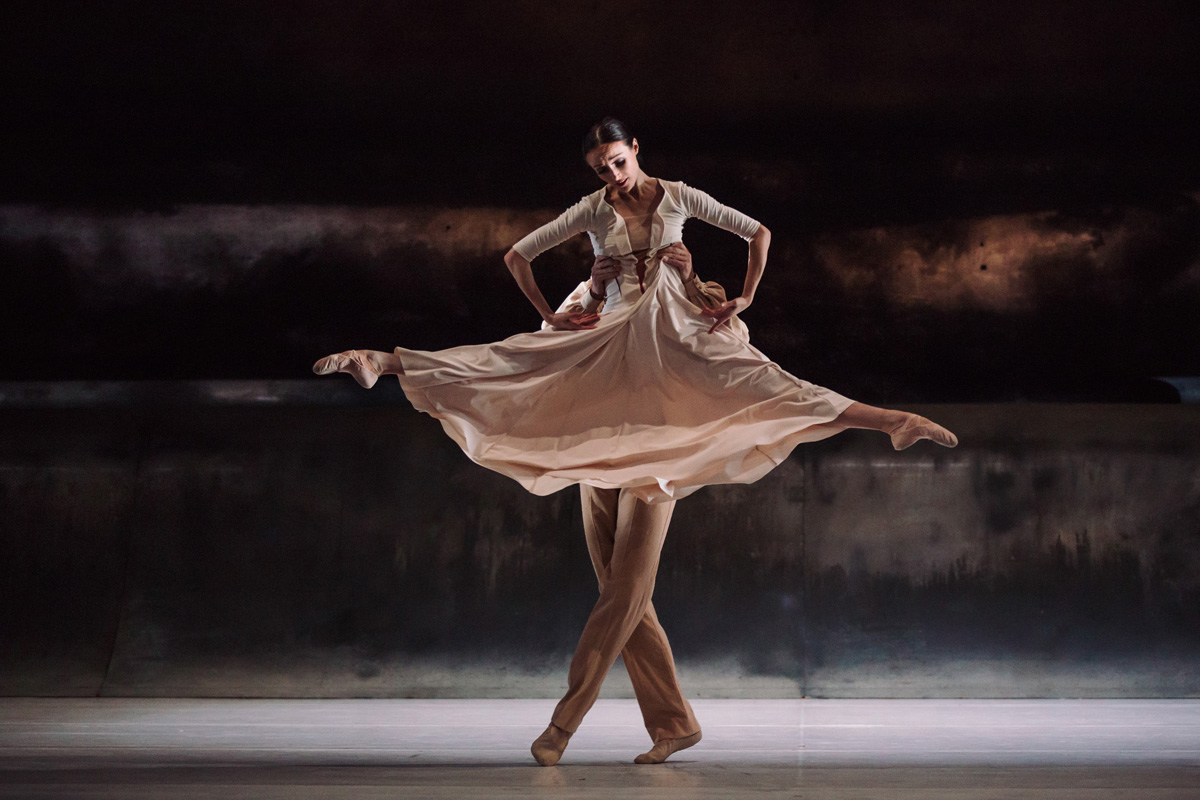
© Daniel Boud. (Click image for larger version)
It’s a perennial for the company, with the Sydney opening night performance marking the 126th time its been performed by the company. Each time it has returned to the repertoire Roslyn Anderson has staged the work and once again this season, she did a superb job of casting and rehearsing the ballet in which the main couples were Lana Jones and Rudy Hawkes, Karen Nanesca and Brett Chynoweth, and Amber Scott and Adam Bull.
The cast of 12 was completely at ease with the choreography that emphasises breadth of movement, from the eloquent curves of the women’s backs to the outstretched “bird” arms of both the men and women.
The ballet is anchored by Britten’s Sinfonia da Requiem and John F Macfarlane’s painting of the sea, looking as menacing and magical as it did years ago. Forgotten Land is a work from Kylian’s romantic era back in the 1980s, but the story of the three main couples depicting mourning, young love and passion is still powerful.

© Daniel Boud. (Click image for larger version)
In the Middle, programmed by Gielgud in 1996, her last full year with the company, has been performed by the Australian Ballet almost as many times as Forgotten Land. This time the technical challenges were well met but the elusive ‘oomph’ factor was not always there. Although Kevin Jackson was a strong central figure, the men did not seem as confident as the women who each had the necessary coolness and swagger.
They have the benefit, of course, of displaying their beautiful feet in shiny come-hither pointe shoes that look as dangerous as daggers.
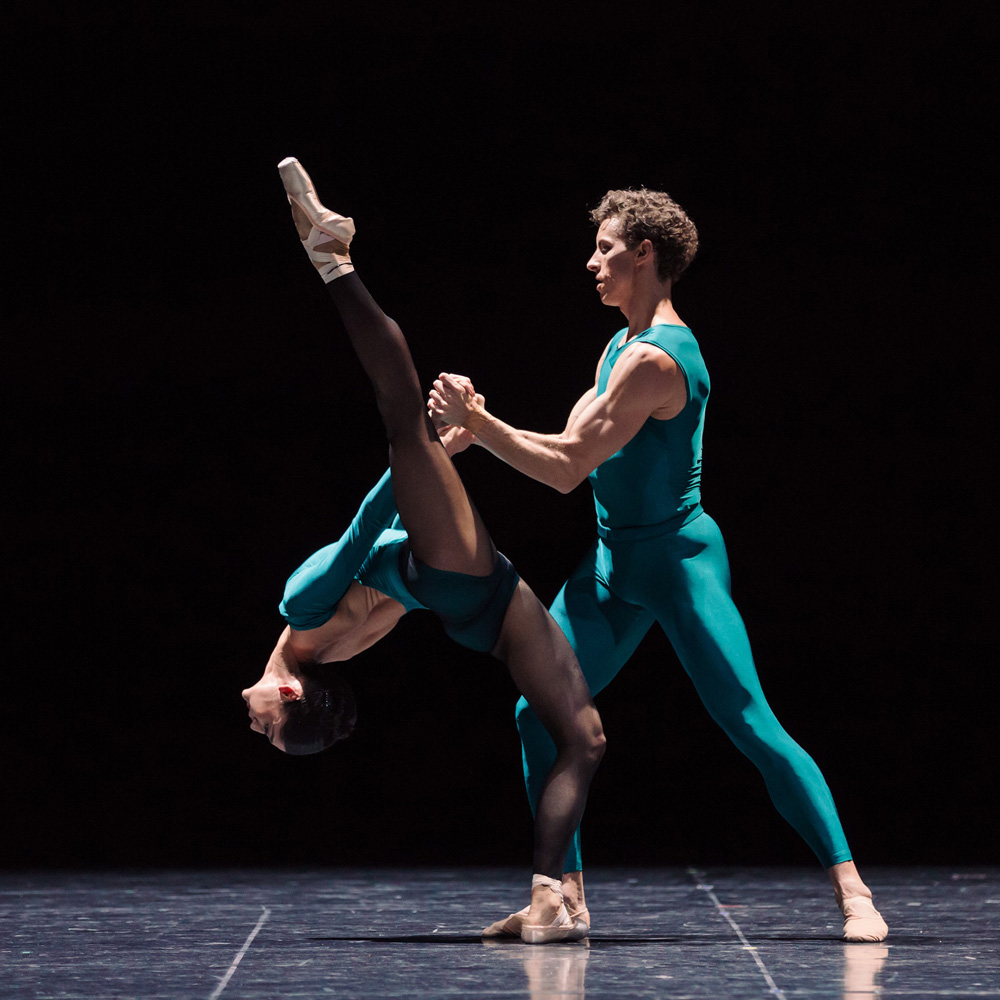
© Daniel Boud. (Click image for larger version)
The final offering, DGV, now 10 years old, but new to the Australian Ballet repertoire, is danced to the minimalist score by Michael Nyman with lighting by Jennifer Tipton. DGV is a distant relative of Twyla Tharp’s In the Upper Room, also lit by Tipton, but Upper Room has a much more compelling score by Philip Glass than Nyman’s movie-like music commissioned by the Festival de Lille for the inauguration of the TGV Paris to Lille train line back in 1993.
Wheeldon based his choreography for DGV on the idea of a train emerging from a tunnel and into an expansive, airy landscape. Jean-Marc Puissant, added an industrial element with his set design, a metal construction that might once have been a train but has disintegrated into chunky fragments, representing, perhaps, a sequence of different journeys.

© Daniel Boud. (Click image for larger version)
First designed for the stage at the Royal Opera House, the construction is squeezed into the much smaller stage of the Joan Sutherland Theatre at the Sydney Opera House but despite this constraint, the overall sense of freedom and momentum is still clear in DGV’s four pas de deux in which the men hold the women aloft, displaying exquisite lines as they travel ever forward like the Spirit of Ecstasy on the bonnet ornament on a Rolls Royce.
The ease in which the Australian Ballet’s dancers adapt from one work to another is also clear in the pas de deux danced by Amy Harris and Andrew Killian, Dimity Azoury and Rudy Hawkes, Robyn Hendricks and Kevin Jackson, and Ako Kondo with Chengwu Guo.
Remarkably, on opening night, five of these dancers, Azoury, Hendricks, Jackson, Kondo and Guo had just danced In the Middle, with only a 25-minute interval to prepare themselves for the Wheeldon piece.
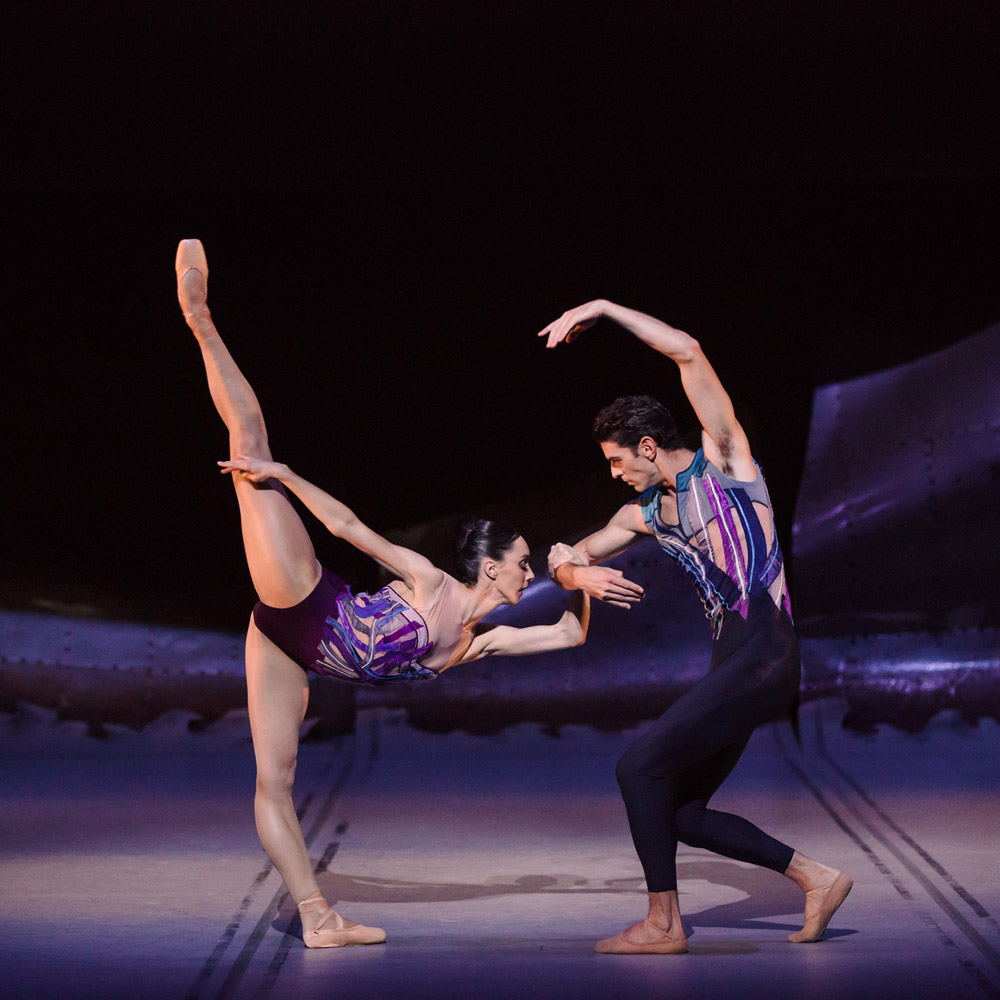
© Daniel Boud. (Click image for larger version)
DGV is very easy on the eye, but may not pass the test of time in the same way as the long stayers by Kylian and Forsythe.
The Sydney season of Vitesse is running in tandem with another mixed bill (Symphony in C, Grand pas classique, Diana and Actéon, Wheldon’s After the Rain and new works by two corps de ballet members, Richard House and Alice Topp).









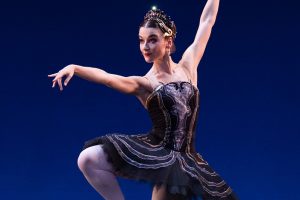
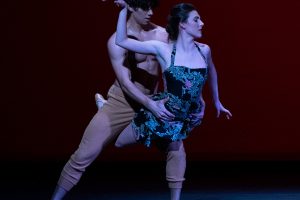
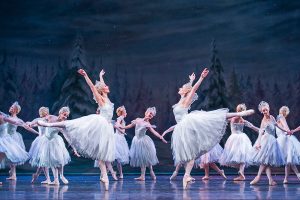
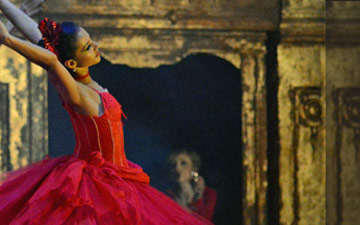
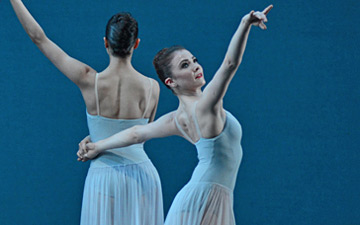


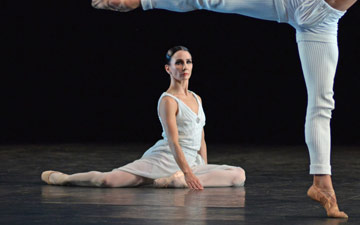
You must be logged in to post a comment.